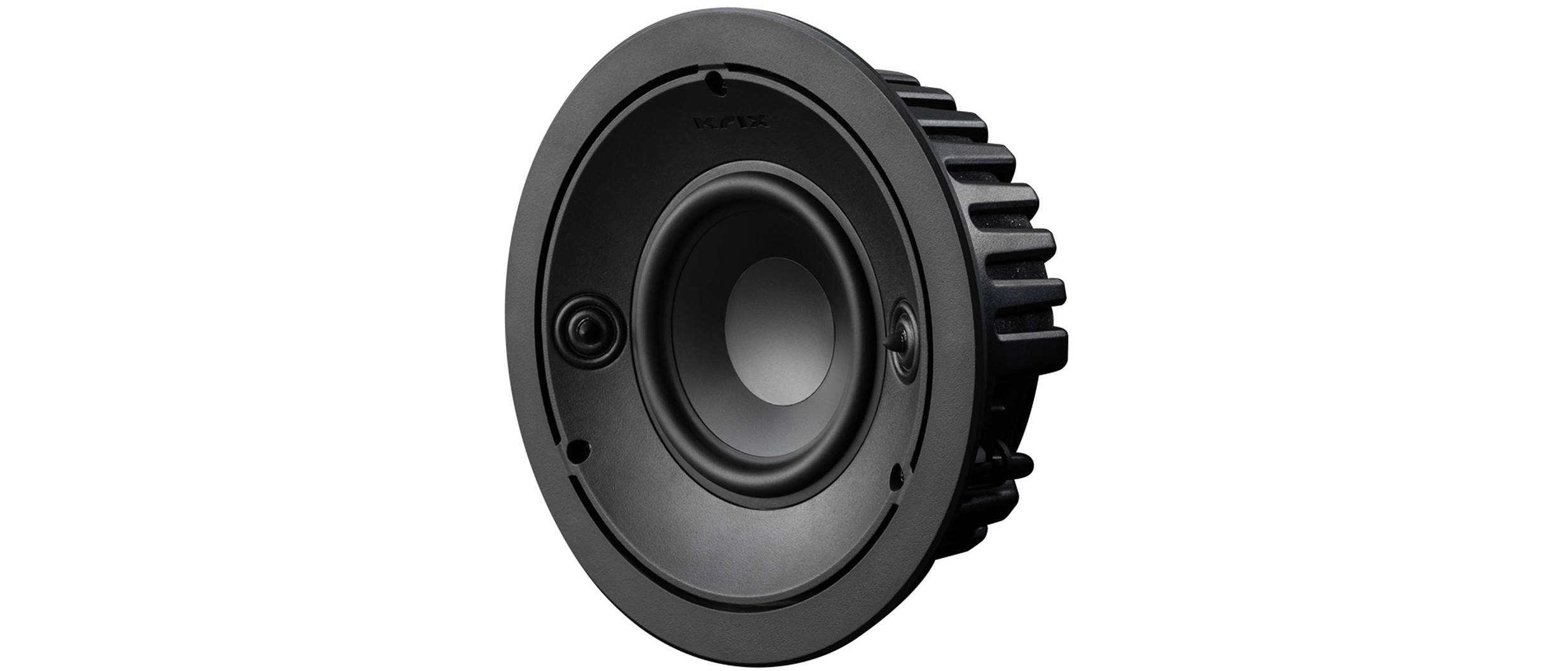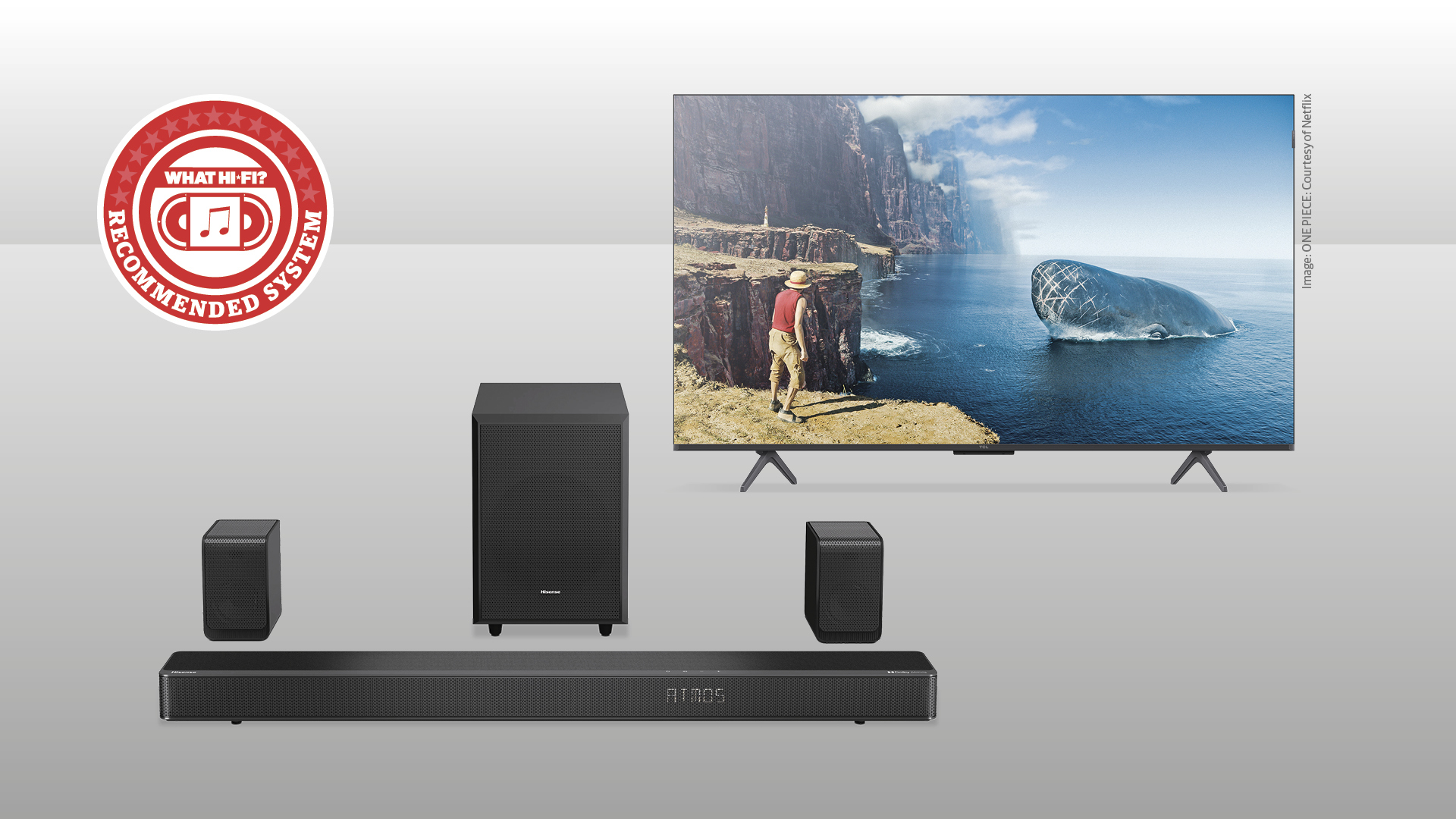Sound+Image Verdict
We suspect that in most installations the Hemispherix SPS be used largely for delivering background music around a home. Which is really rather a waste. We’d recommend a bunch of them, filling a home with quality music at quite exciting levels.
Pros
- +
Remarkable and surprising sound
- +
Compact stereo solution for small spaces
- +
Easy installation
Cons
- -
Deepest bass not delivered
Why you can trust What Hi-Fi?

This review originally appeared in Sound+Image magazine, one of What Hi-Fi?’s Australian sister publications. Click here for more information on Sound+Image, including digital editions and details on how you can subscribe.
Can in-ceiling speakers deliver a truly musical sound, rather than mere background music? When it’s a stereo indoor-outdoor model from South Australia’s loudspeaker maker Krix, the answer is a remarkable ‘yes’.
Krix has long been a favourite in Australian homes, and in both Australian and overseas cinemas for which it provides world-class cinema sound systems. But the Krix Hemispherix SPS speakers are of a slightly different genre: installation or architectural speakers. You know: those speakers which are inset into walls and ceilings.
Build
The Krix Hemispherix SPS speaker is designed primarily for ceiling placement in multiroom systems. We say this to distinguish it from ceiling speakers you might put into a home theatre room to handle overhead channels from Dolby Atmos and DTS:X soundtracks.
As opposed to those mono speakers, you need only one Hemispherix SPS to deliver a stereo signal. Krix itself says that it’s “ideal for use in applications where installing two speakers is not desired or practical. The product is therefore perfect for use in hallways, bathrooms, eaves, under balconies and other tight spaces.” Note the mention of ‘eaves’ and ‘bathrooms’ there – Krix recommends this design as suitable for both indoor and outdoor use.
At first glance, the Krix Hemispherix SPS looks like it might be a 165mm or perhaps 200mm installation speaker conforming to usual industry standards. It requires a 207mm diameter cut-out – indeed a little under that worked for us. The body also requires 90mm of depth from the front of the surface into which it is inset. A white metal grille goes over the top, held in place magnetically. You can paint this if required, to match décor.
But while, yes, it has the grille and the overall look of a standard installation speaker, the underlying construction is quite different. There are two tweeters for starters, not just one. These are 20mm ring tweeters, with substantial phase plugs at their centre, angled inwards somewhat to fire across the front of the 125mm bass/midrange driver. To be honest, that struck us as a rather small main driver. But as we’ll see, the performance Krix has extracted from this is quite astonishing.
Apart from having four spring-loaded terminals – necessary for their stereo operation – the Hemispherix SPS install like regular installation loudspeakers. They have three arm clamps which swing out when their respective screws on the front are tightened, clamping the speaker into place. The terminals have holes large enough for any cable you’re likely to employ – they even opened wide enough to accept banana plugs.
The latest hi-fi, home cinema and tech news, reviews, buying advice and deals, direct to your inbox.
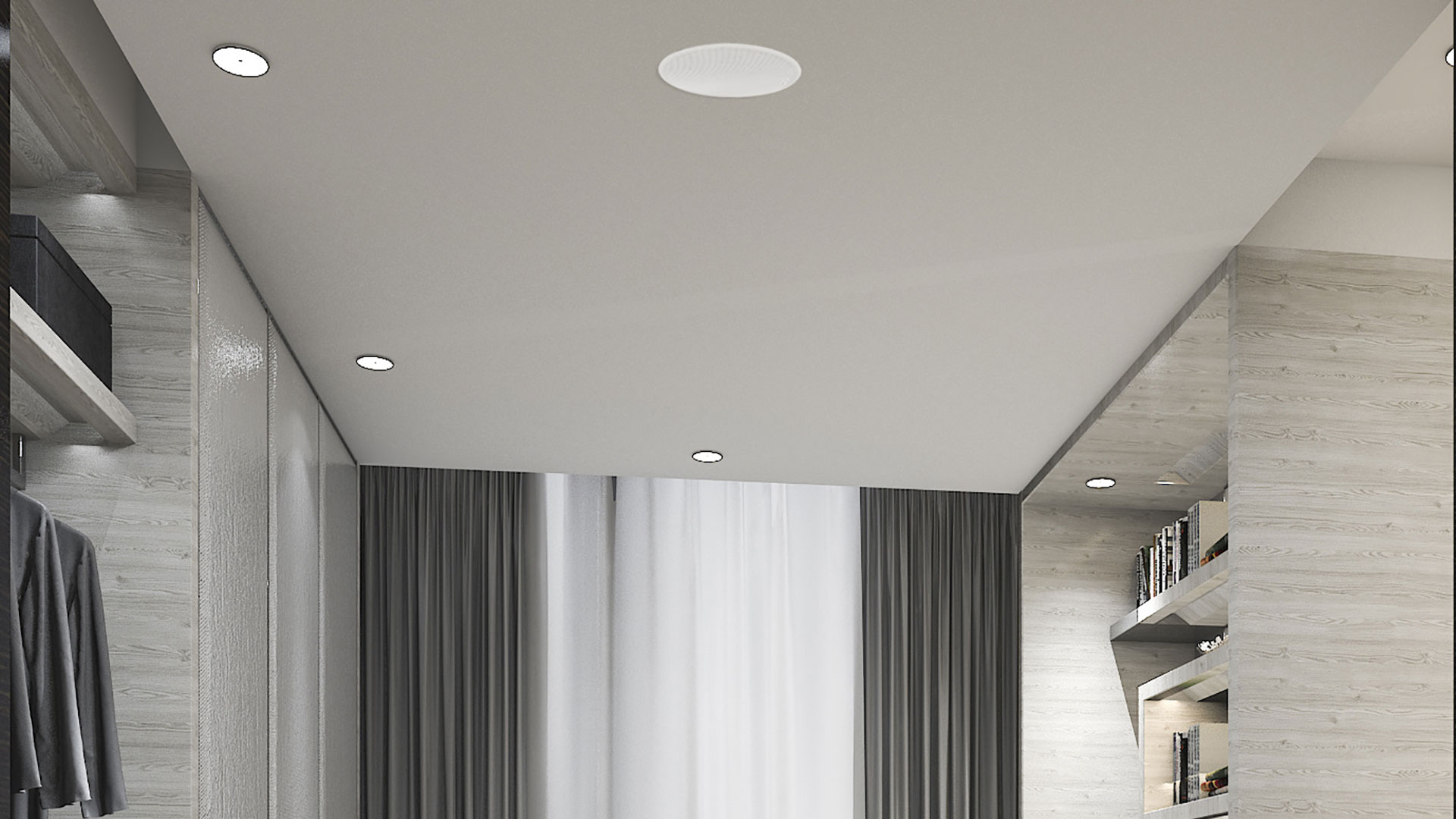
Installation
Installation is straight-forward. You simply cut a 207mm hole in the ceiling, feed the four cables through the ceiling space and attach them to the speaker’s gold-plated spring clips, then push it into the hole and tighten the three clamp screws. Pop the grille over the speaker magnetically, and you’re done.
At least, you’d be done at home in a permanent installation, but for review purposes we’d rather not cut holes in our ceiling, given the unsightliness of these holes when such a speaker goes back to the supplier after review. How should we install a speaker such as this for review?
Most loudspeaker makers spend a lot of time on describing the virtues of their speaker enclosures. But in common with most installation speakers (although many Krix architectural designs do use a back box), the Krix Hemispherix SPS doesn’t have an enclosure. Krix describes them as possessing a ‘semi-open back’.
It’s not acoustically sealed, but seemed to have a foam around the speaker cage and back plate. That’s welcome. You have to remember what happens in the real world. If a ceiling speaker’s rear is not protected, if only by foam, then debris from within the ceiling space can settle on the back of the woofer cone, providing an unpleasant rattling accompaniment to the sound.
But the open nature means in our testing we can’t simply prop up the speaker against a surface and start listening. Bass, for one thing, would be under-represented to the point of non-existence. So when we’re testing installation speakers with an open (or semi-open) back, we install them in our own enclosure. We refer to this as our ‘floppy’ enclosure.
Serious loudspeaker makers go to great lengths to brace their enclosures, dampen resonances and such. But installation speakers end up being placed in all manner of environments, typically a ceiling in which the baffle is a semi-flexible gyprock. It’s an infinite if less-than-perfectly rigid baffle.
To come somewhere close to this, we use a box made of chipboard measuring 1.2 metres by 0.6 by 0.3 metres. Normally this has two holes in the front to accommodate two installation loudspeakers. We covered one of those up for this review. But do remember, where you mount your speaker will significantly affect how it sounds.
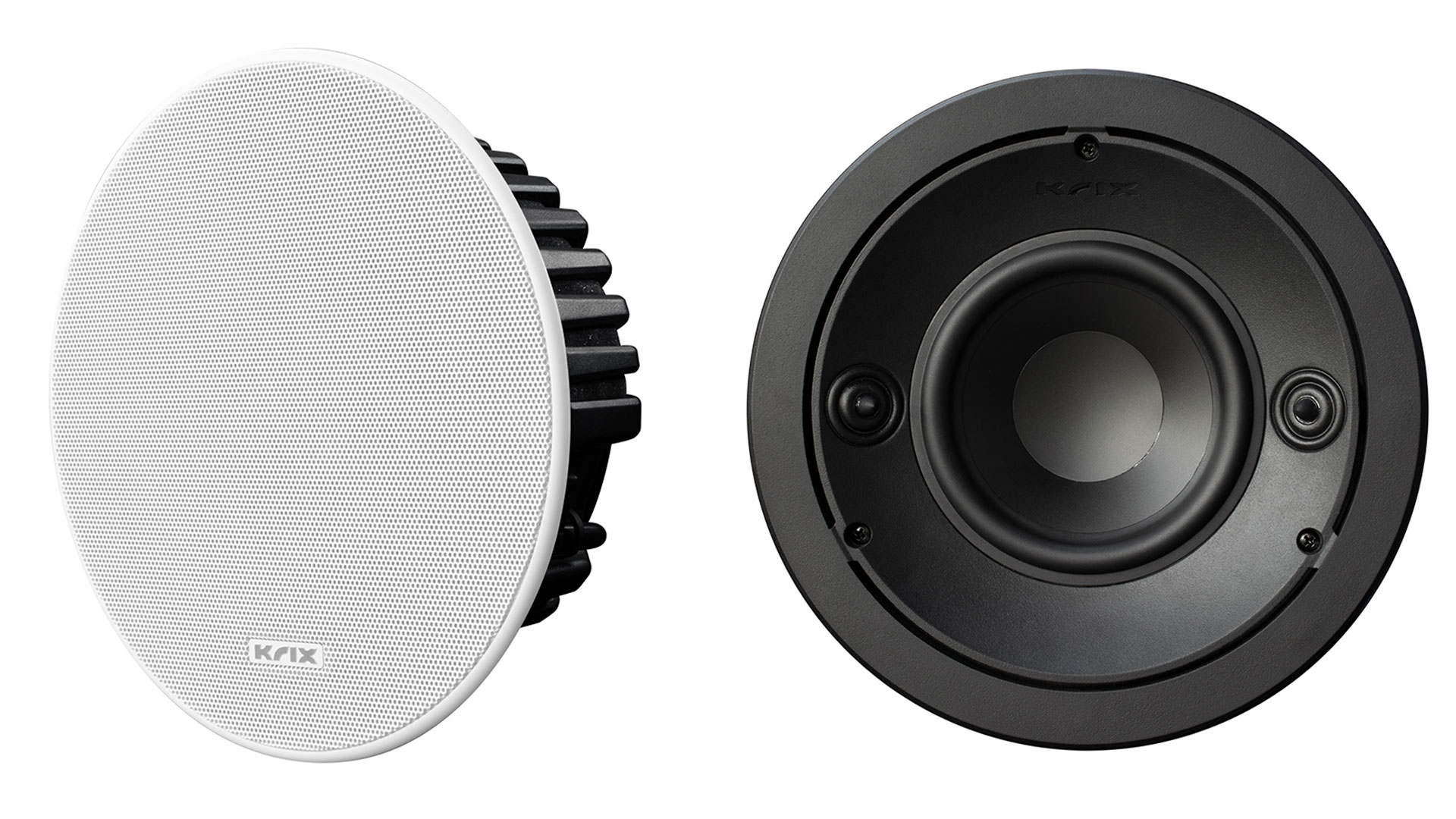
Sound
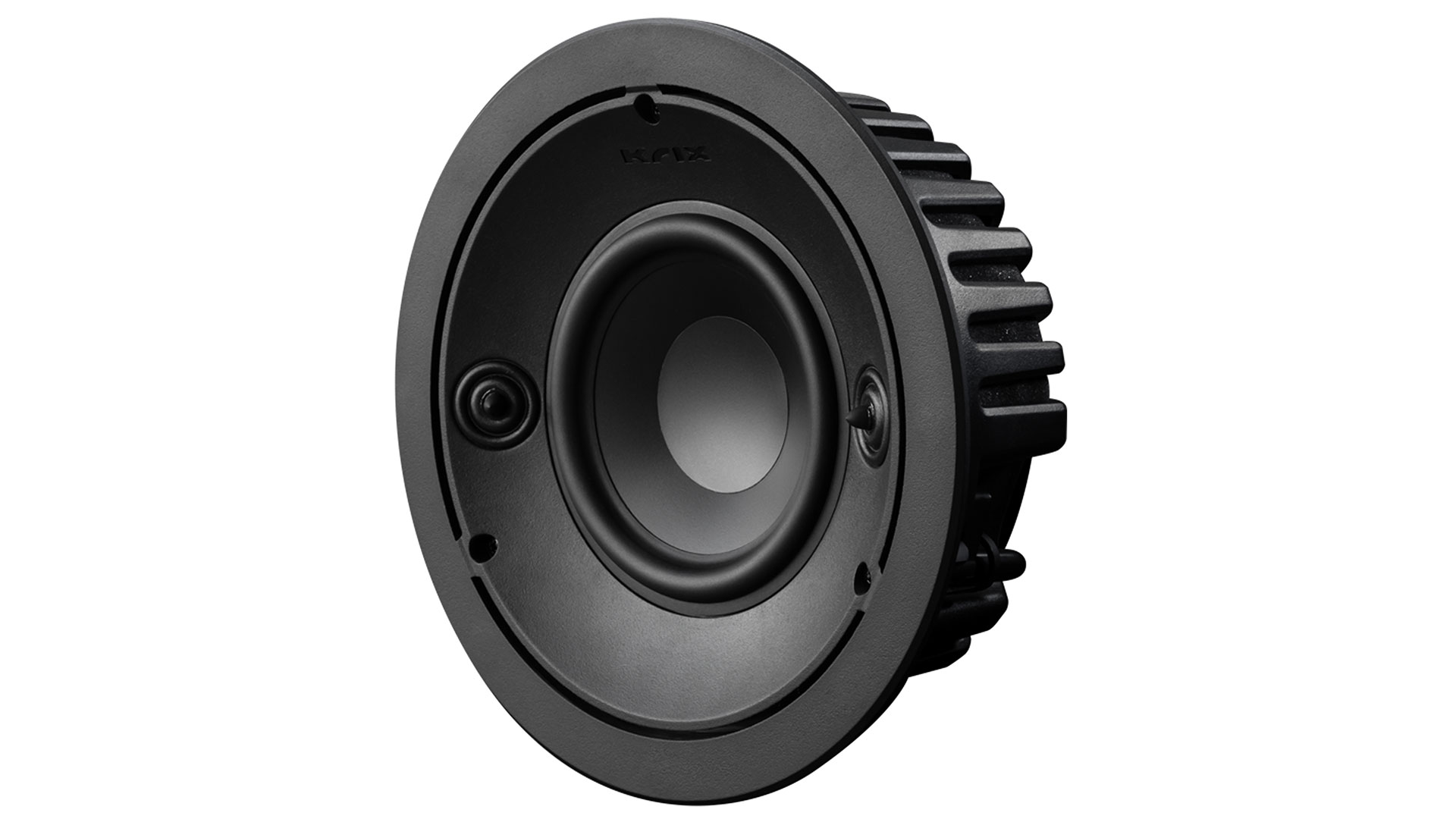
Drivers: 2 x 20mm ring radiator tweeters, 1 x 125mm woofer
Frequency range: 70-40kHz (in-room)
Nominal impedance: 8 ohms per channel (min 6.4 ohms)
Sensitivity: 85dB (2.83V/1m)
Power handling: 5-50W ‘RMS’ recommended amplifier power per channel
Cabinet: Semi-open back
Dimensions: 254mm diameter (207mm cutout), 90mm mounting depth
Weight: 1.95kg
We placed our speaker box so that the bass driver was firing out into the room towards us, the tweeters shooting somewhat to the sides.
We used a 100W-per-channel power amplifier to drive them, and used mostly a music streamer and a turntable to provide the music for listening.
So, stereo imaging? Well, there was none of any significance. The centres of the tweeters are only 150mm apart. Want stereo imaging? Buy two conventional installation speakers.
Now the bass. If you’re thinking of checking the bass performance of some speakers, a good first test is the recent Grammy Award-winning album from Billie Eilish, ‘When We All Fall Asleep, Where Do We Go?’. This embraces the relatively unlimited possibilities of bass in the digital domain like few others. We prefer to listen to this album with a system that comfortably handles all the way down to 20Hz, which of course this speaker cannot manage.
What they did do was deliver a satisfying experience, even into the bass. For example, the track 8 has a reasonable sense of kick to it (drum or synth, we’re uncertain). In fact, had this been our first experience of this album, we think we’d have been so satisfied that we’d not have considered anything to be missing. But, yes, the stuff below 50Hz was either missing, or recessed.
We had the grille off the speaker for most of our listening, so we went over and inspected the driver as it was playing some of these tracks. The woofer was, for several of the sustained bass notes, visibly vibrating to a quite extreme extent. To be expected, really, given that our enclosure wasn’t really providing any acoustic suspension, and thus no real damping. Yet the sound remained clean and there were even occasional hits of really quite deep bass.
Even with busy, medium-fi content such as Arcade Fire’s album ‘Funeral’, the Krix speaker produced some impressive results. The drums on Neighborhood #2 were delivered with a fine, rounded reality.
And the speaker managed to fill our large room more than adequately. Indeed, at one point we left our room and went into another building about 15 metres away, leaving the door open behind us. The music was clearly audible within the other building. Yet even at advanced levels it was clean and fairly distortion-free.
We had not expected anything like any of this for such an unassuming design.
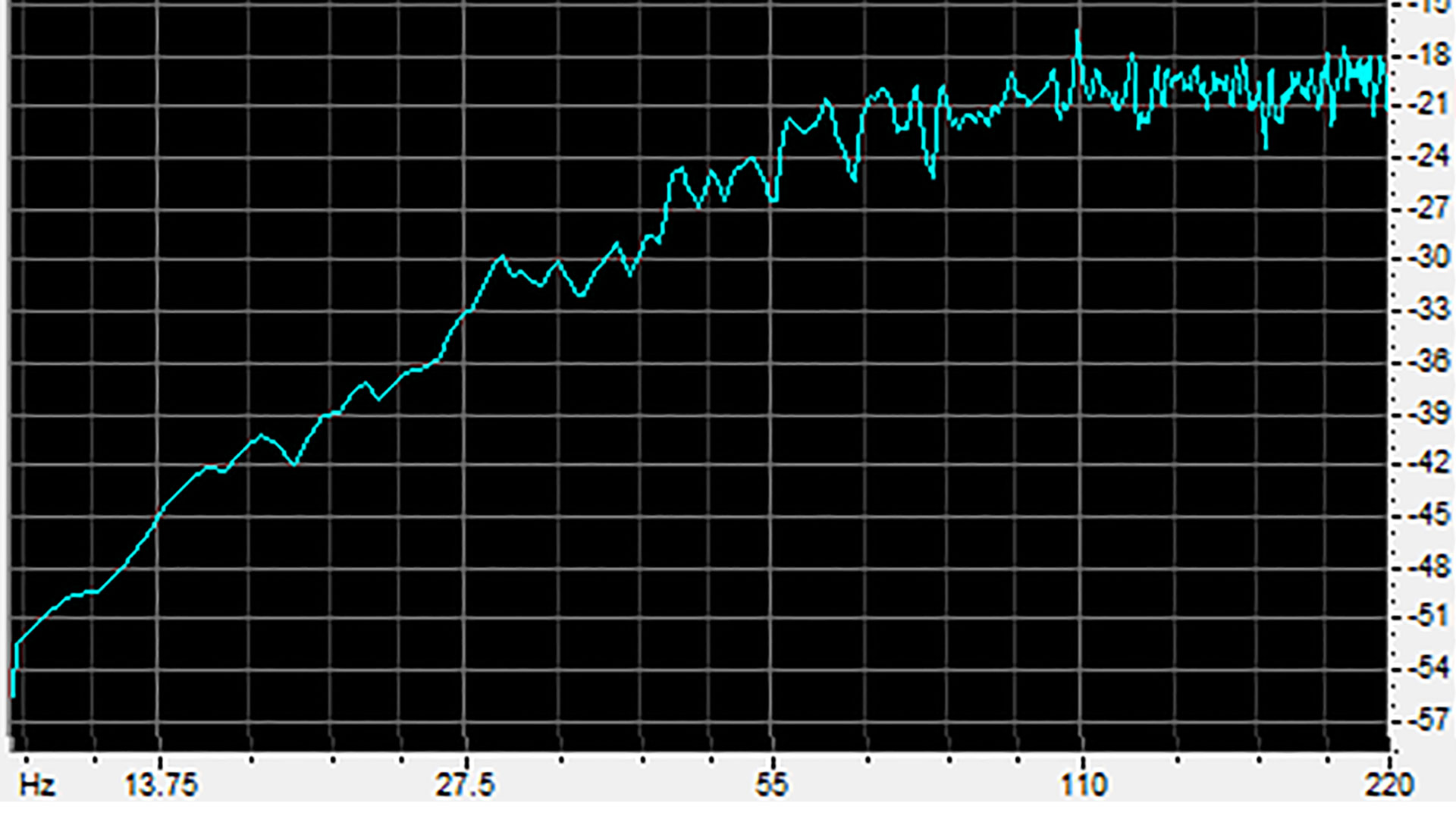
Measurements
As you can tell, we were both impressed and surprised by the musical performance of this speaker. But our ears are one thing. What do the instruments say?
Measuring speakers is always problematic – room effects and so on. So our main measurement is simply what the driver can pump out in the bass end, which we check by sticking our measurement microphone up close to the woofer cone. And, remember, how you mount the Krix Hemispherix SPS speaker could result in rather different performance. We cannot anticipate that. But here’s what we measured – basically a ruler-flat line in the bass response, from 70 to 1100Hz. Using traditional ±3dB limits, the speaker delivered from 55 to 1180Hz. Remember, our microphone positioning pretty much left the tweeters unmeasured.
One bit of the measurement that initially surprised us, but in retrospect we should have expected, was the gentle slope of the bass roll-off. There was around a four-decibel diminution from 110Hz down to 60Hz. But instead of then falling off a cliff, a further octave down – 30Hz – was just 9dB lower in level. That’s what you should expect from infinite baffle designs, especially one in which there is almost no acoustic suspension.
We also did a more traditional measurement at one metre, putting the measurement microphone directly on-axis with one of the tweeters, as best as we could estimate. At one metre, room effects are strong, and we had applied no room EQ, so the measurement graph was choppy. What we were interested in were overall balances and treble extension.
As for overall balance, there turned out to be a slight diminution of output from around 2000Hz to 4500Hz by perhaps three decibels relative to the upper bass region, and a slight emphasis on the upper treble – 6kHz to 20kHz, up around 3dB over that upper bass region. The upper frequencies maintained their output levels out to beyond 20kHz by our measurement.
And since we were using 44.1kHz, that was a limitation imposed by our sampling frequency. We were a little intrigued by the 40kHz claim. We note that our measurement microphone is not specified beyond 20kHz, but we re-ran the same test with 96kHz sampling, just to see. That had the response flat out to 23kHz and -3dB at 26kHz. And that may have been as much due to the microphone response as to the relevant ring tweeter.
We were also interested in which tweeter was left, and which was right. We had wired our amplifier in compliance with the left and right labels on the terminals. With our test tracks we could soon determine that if you have the speaker orientated such that the Krix label on the main plate of the speaker is ‘up’, the right tweeter handles the treble from the left channel and the left tweeter handles the treble from the right channel. Which kind of makes sense, because each tweeter is shooting across towards the other side.

Verdict
We normally write our conclusion section after we’ve written everything else above. But on this occasion we jumped straight here while still listening to music, because we felt we really had to emphasise how startlingly good the Krix Hemispherix SPS speaker sounds.
Of course you don’t get the really deep bass you would from sizeable in-room speakers, but from the mid-bass and up you get a remarkably balanced performance, with reasonable musical detail and dynamics.
We suspect that in most installations the Hemispherix SPS be used largely for delivering background music around a home. Which is really rather a waste. We’d recommend a bunch of them, filling a home with quality music at quite exciting levels.
Sound+Image is Australia's no.1 mag for audio & AV – sister magazine to Australian Hi-Fi and to the UK's What Hi-Fi?, and bestower of the annual Sound+Image Awards, which since 1989 have recognised the year's best hi-fi and home cinema products and installations. While Sound+Image lives here online as part of our group, our true nature is best revealed in the print magazines and digital issues, which curate unique collections of content each issue under the Editorship of Jez Ford, in a celebration of the joys that real hi-fi and high-quality AV can bring. Enjoy essential reviews of the most exciting new gear, features on Australia's best home cinemas, advice on how to find your sound, and our full Buying Guide based on all our current and past award-winners, all wrapped up with the latest news and editorial ponderings. Click here for more information about Sound+Image, including links to buy individual digital editions and details on how best to subscribe.
